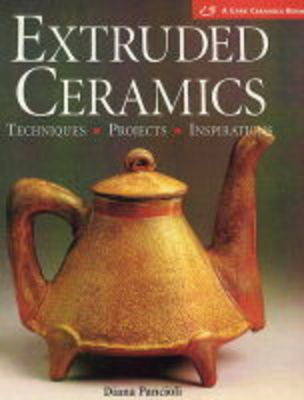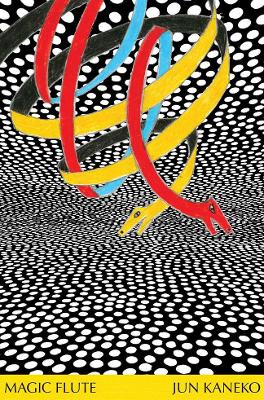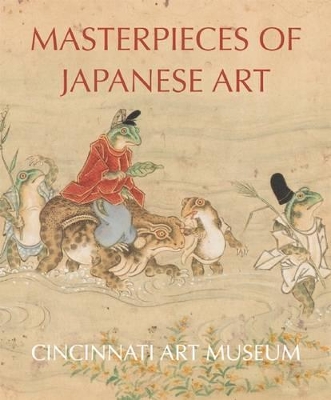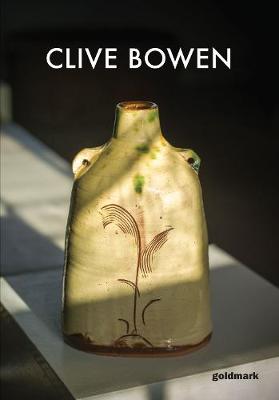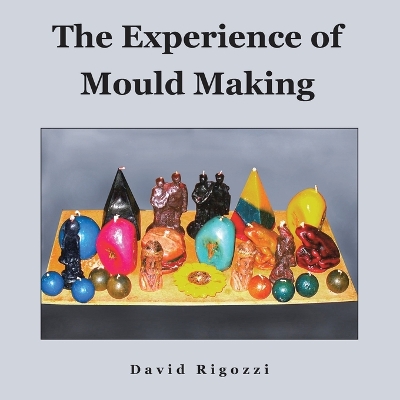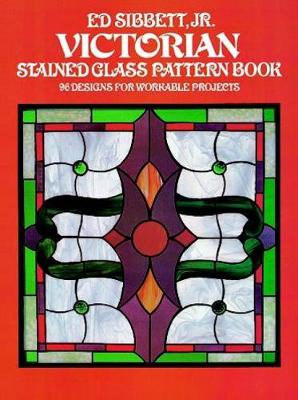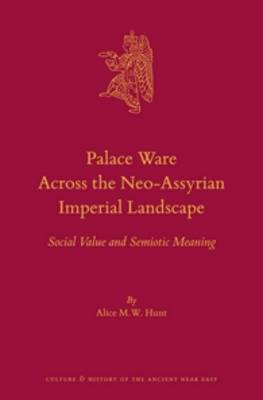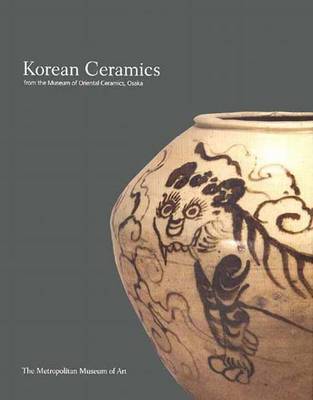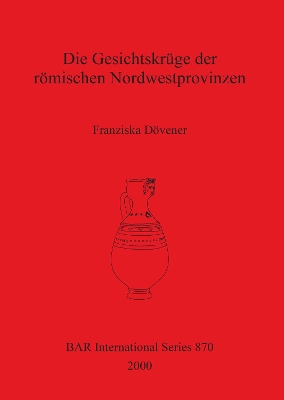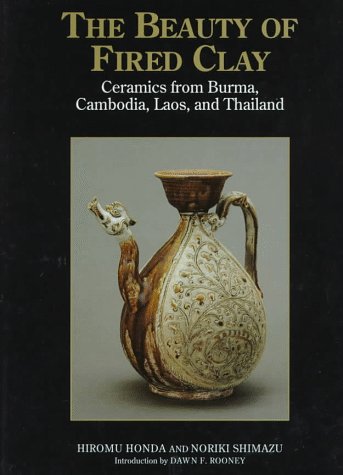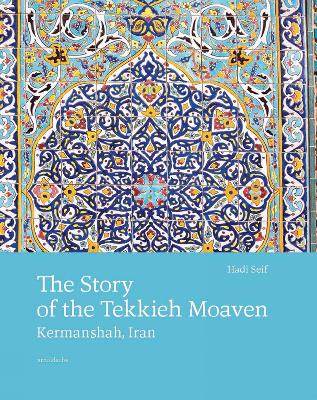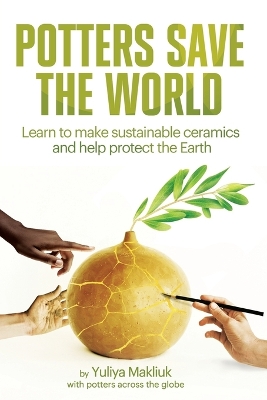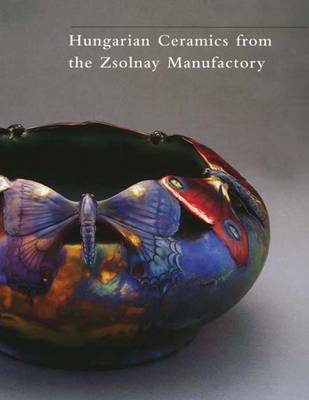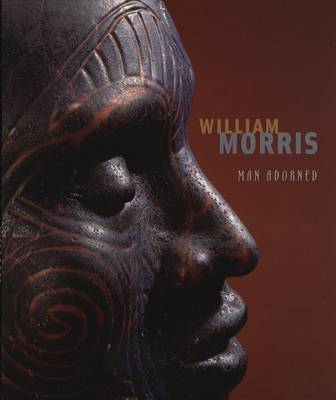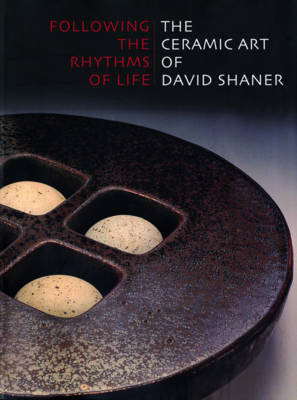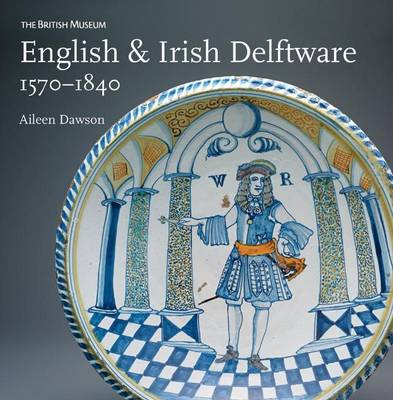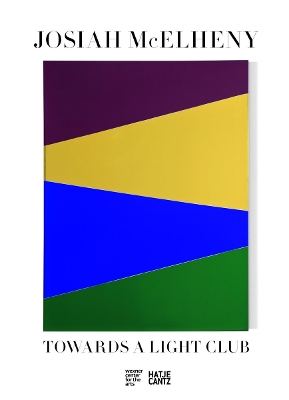An extruder is a simple machine that helps generate elegantly varied art: just plunge the clay through the extruder's barrel and out it comes a seamless hollow or a solid tube. This tube becomes a myriad of beautiful, functional and sculptural works, from woven baskets to dazzling tiles. Beginners will find all the basic and inventive ways they can build and decorate clay objects using extrusion; even experience potters will unearth information and inspiration. Learn to choose the best extruder,...
In the past two decades, the study of ancient trade and exchange has attracted the attention of archaeologists as never before. Despite a long-standing interest in ceramics as cultural markers, the study of the economic role of pottery is still in its infancy. This book presents the archaeologist with approaches for investigating the economics of pottery in pre-industrial societies. The contributors exemplify this in a wide variety of social and economic contexts, ranging from the tribal Iroquoi...
Copeland Collection: Chinese and Japanese Ceramic Figures
by Antique Collectors' Club and William R. Sargent
The Copeland Collection of 134 Chinese and Japanese ceramic figures, perhaps the most important assemblage of its kind still in private hands, is recognized internationally for the superb quality of its many rare forms. Acquired by Mrs. Lammot du Pont Copeland over the past fifty years, each of these beautifully modeled human and animal figures testifies to the unerring eye of a premiere collector.The majority of these figures are of porcelain, produced during the late seventeenth to the late ei...
This is an in-depth overview of the creation and development of Mozart's opera The Magic Flute by artist and ceramicist Jun Kaneko. In 2009 the San Francisco Opera commissioned Kaneko to create a contemporary The Magic Flute which took him on a three-year journey to realize this new high-tech production. The book documents this process from the very first artist sketches until the opening night production on stage in San Francisco. This fascinating and exciting journey is recorded in numerou...
This is the first complete study and reappraisal of the remarkable collection of Japanese art at the Cincinnati Art Museum. It features a wealth of artifacts, including paintings and ceramics, metal objects and weaponry, screens, masks, cloisonne enamel, lacquer ware, ivory carvings, kimonos, and dolls, the majority dating from the Edo period (1615?1868) to the end of the Meiji Period in 1912. In addition to an important introduction by Hou-mei Sung, curator of Asian art, there are contribution...
Victorian Stained Glass Pattern Book (Dover Stained Glass Instruction)
by Ed Sibbett
In Palace Ware Across the Neo-Assyrian Imperial Landscape, Alice Hunt investigates the social and symbolic meaning of Palace Ware by its cultural audience in the Neo-Assyrian central and annexed provinces, and the unincorporated territories, including buffer zones and vassal states. Traditionally, Palace Ware has been equated with imperial identity. By understanding these vessels as a vehicle through which interregional and intercultural relationships were negotiated and maintained she reveals t...
The Ceramics of South-east Asia (Oxford in Asia Studies in Ceramics)
by Roxanna M. Brown
Recent progress in original research and discovery can be summarized into four areas of major importance: first, the identification of Guangdong ceramics as the missing link between the wares of China and those of both Vietnam and Kampuchea; secondly, the unexpected discovery of burial sites in the hills of western Thailand, which contained examples of northern Thai wares rarely seen previously; thirdly, the discovery of Burmese glazed ceramics; and finally, new findings from excavations at the...
The Kamratan Collection is one of the very few private collections of Khmer wares in Asia, and is noteworthy both in terms of quality and quantity. More than 130 pieces are illustrated in this book.
Korean Ceramics from the Museum of Oriental Ceramics, Osaka (Metropolitan Museum of Art)
by Itoh Ikutaro
The forty-eight rare and beautiful masterworks of Korean ceramics in this book reveal much about ceramic manufacture and the development of unique styles in Korea.
Die Gesichtskrüge der römischen Nordwestprovinzen (British Archaeological Reports International)
by Franziska Doevener
The Tekkieh Moaven is a significant religious monument in Kermanshah and one of the most important national memorials in Iran. Following the building’s destruction in the early 20th century, it was rebuilt and furnished with exclusive tiles, the focal point of this publication. Since 1975, it has also been a popular museum visited by hundreds of thousands of people every year. The tiles illustrate the fascinating world of art in the Persian empire and Islamic era and are distinguished by colourf...
The Zsolnay Manufactory represents a triumph of Hungarian applied arts, for during its heyday it produced elegant and innovative ceramics for an international clientele as well as architectural ceramics that embellished some of the finest public and private buildings in the Austro-Hungarian empire. This manual recounts the story of the 150-year-old company and presents numerous examples of its work, showing how its changing fortunes reflect the cultural, economic and political developments in Ce...
For thousands of years humans have adorned themselves. Adornment figures among the constellation of traits that signify the arrival of modern human behavior in the archaeological record. Werever they ventured, wherever they lived, people have made art and adorments to accompany them in life and death. In this book, artist William Morris celebrates this ancient and universal human quality and continues his exploration of the themes of origin and myth that permeate all his work. At first glance, t...
Tin-glazed earthenware has been made in Europe since the 15th century. In Britain, floor tiles and drug pots were made in Aldgate, London in the 16th century by immigrant potters from the Low Countries. In the early 17th century factories making dishes and other wares were set up in London close to the River Thames. Their products were initially much influenced by Chinese porcelain, as well as by Italian maiolica. Manufacture spread from London to centres such as Bristol, Liverpool and Dublin. K...
Using glass to explore a provocative range of artistic and intellectual concerns, Josiah McElheny (*1966 in Boston) produces dazzling fabricated objects that address such subjects as the nature of visual perception, the narratives of modernism, and the origin of the universe. Since 2007 he has produced a series of sculptures and a film inspired by The Light Club of Batavia, a 1912 text by German Expressionist writer Paul Scheerbart. This publication focuses on McElheny’s Light Club works, which...
Traditions céramiques Identités et Peuplement en Sénégambie (British Archaeological Reports International)
by Moustapha Sall
